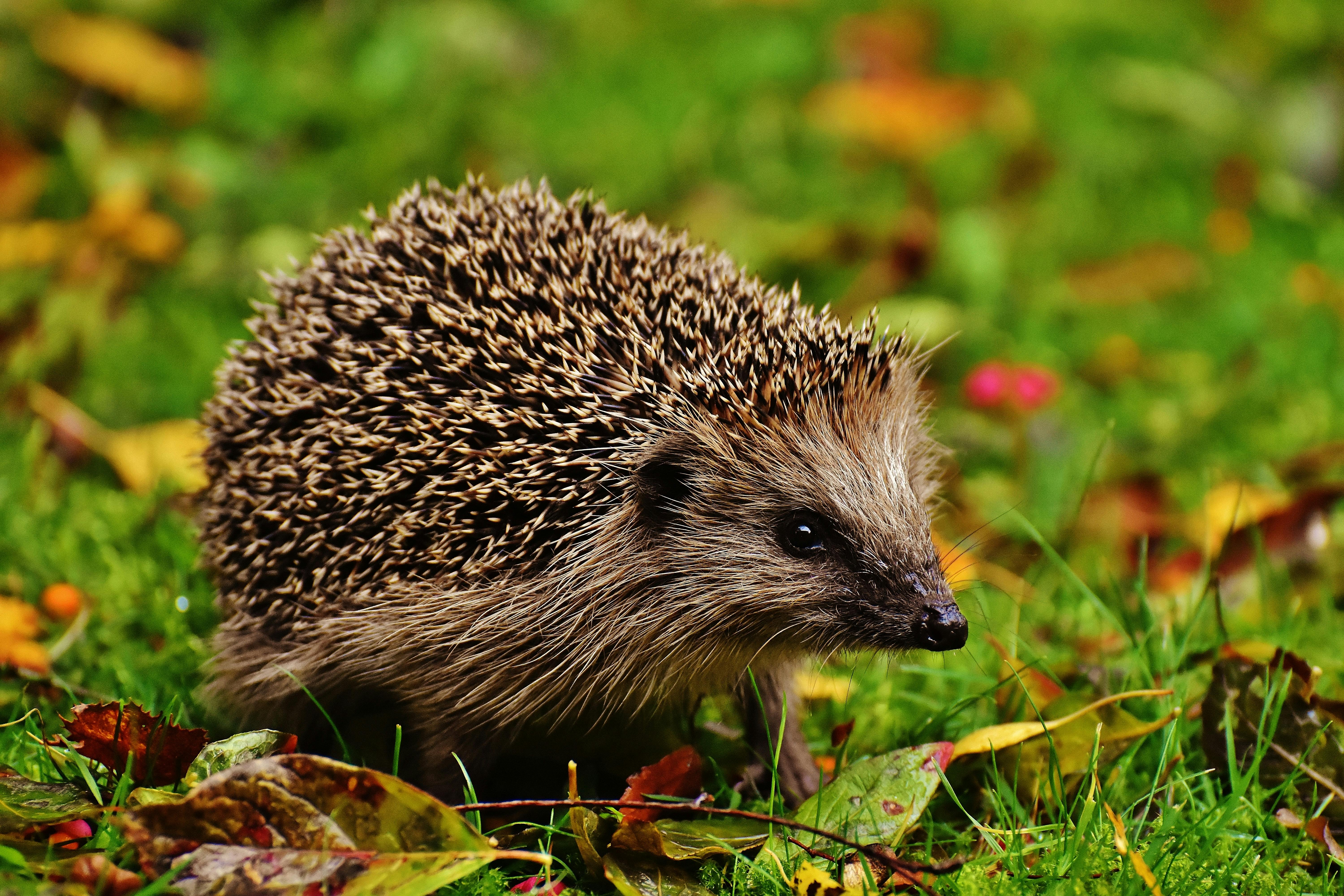Hedgehog Hibernation: The Seasonal Slumber of Spiny Mammals
In the realm of animal behavior, few phenomena are as captivating as hedgehog hibernation. These small, spiny mammals have evolved a remarkable survival strategy that allows them to endure harsh winter conditions. From physiological changes to environmental triggers, the process of hedgehog hibernation is a fascinating example of nature's ingenuity. This article delves into the intricacies of this seasonal slumber, exploring its significance for both wild and pet hedgehogs.

The Science Behind Hedgehog Hibernation
At the core of hedgehog hibernation lies a series of physiological changes that prepare the animal for its extended period of inactivity. As temperatures drop and daylight hours decrease, hedgehogs begin to build up fat reserves by consuming more food than usual. This process, known as hyperphagia, is crucial for survival during the months-long hibernation period.
During hibernation, a hedgehog’s body temperature can drop from its normal range of 30-35°C (86-95°F) to as low as 5°C (41°F). Their heart rate slows dramatically, sometimes to just a few beats per minute, and their breathing becomes shallow and irregular. These changes allow hedgehogs to conserve energy and survive on their fat reserves for extended periods.
Triggers and Timing of Hibernation
The onset of hibernation is influenced by a combination of environmental cues and internal biological rhythms. Decreasing daylight hours and falling temperatures are key external triggers that signal to hedgehogs that winter is approaching. However, the exact timing of hibernation can vary depending on factors such as food availability, local climate, and individual health.
In the wild, hedgehogs typically begin hibernating in late autumn or early winter, usually around October or November in the Northern Hemisphere. The duration of hibernation can range from a few weeks to several months, with some hedgehogs remaining dormant until March or April of the following year.
Hibernation Habits of Wild vs. Pet Hedgehogs
While wild hedgehogs rely on hibernation as a crucial survival strategy, the situation is quite different for pet hedgehogs. Most domesticated hedgehogs are African pygmy hedgehogs, a species that does not naturally hibernate in the wild due to their native warm climate. However, these pets can still enter a state of torpor if exposed to cold temperatures, which can be dangerous or even fatal.
Pet hedgehog owners must be vigilant in maintaining a consistent, warm environment for their spiny companions. The recommended temperature range for pet hedgehogs is typically between 72-80°F (22-27°C). If the temperature drops below this range, pet hedgehogs may attempt to hibernate, leading to potentially life-threatening complications.
The Risks and Challenges of Hedgehog Hibernation
While hibernation is a natural and necessary process for wild hedgehogs, it is not without risks. During this vulnerable period, hedgehogs face threats from predators, changing weather conditions, and potential health issues. Young or underweight hedgehogs are particularly at risk, as they may not have sufficient fat reserves to survive the entire hibernation period.
For pet hedgehogs, attempted hibernation can be extremely dangerous. These animals are not adapted to hibernate and lack the physiological mechanisms to do so safely. Veterinary intervention is often necessary if a pet hedgehog enters a state of torpor, as they can quickly become dehydrated and malnourished.
Conservation Implications and Human Impact
Understanding hedgehog hibernation is crucial for conservation efforts, particularly in regions where hedgehog populations are declining. Human activities, such as habitat destruction and the use of pesticides, can disrupt hedgehogs’ natural hibernation cycles and reduce their chances of survival.
Conservation initiatives often focus on creating hedgehog-friendly environments that provide suitable hibernation sites. This can include leaving areas of gardens wild, creating leaf piles, and providing purpose-built hedgehog houses. By supporting hedgehogs during this critical period, conservationists hope to bolster populations and ensure the long-term survival of these charismatic creatures.
In conclusion, hedgehog hibernation is a remarkable example of evolutionary adaptation that continues to fascinate researchers and animal lovers alike. From the intricate physiological changes to the environmental factors that trigger this seasonal slumber, the process of hedgehog hibernation offers valuable insights into the resilience and ingenuity of nature. As we continue to study and understand this phenomenon, we gain not only scientific knowledge but also a deeper appreciation for the complex lives of these spiny mammals.





